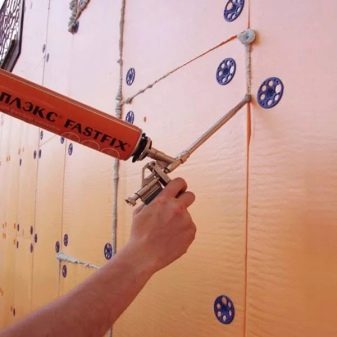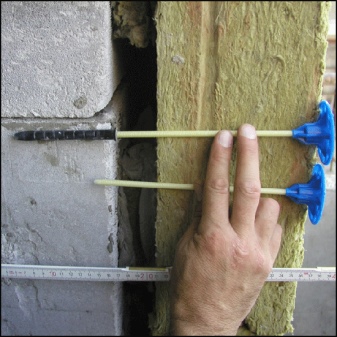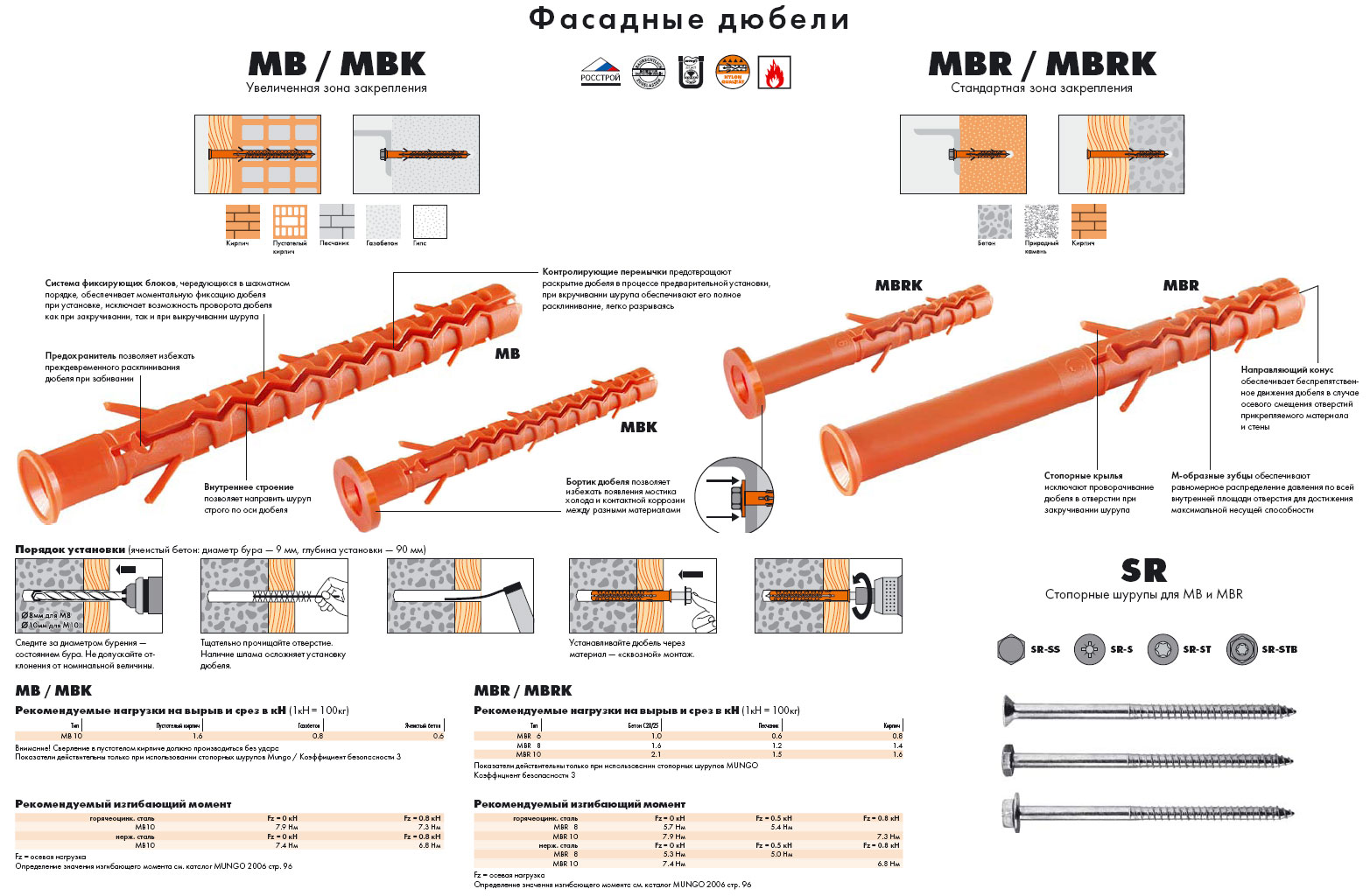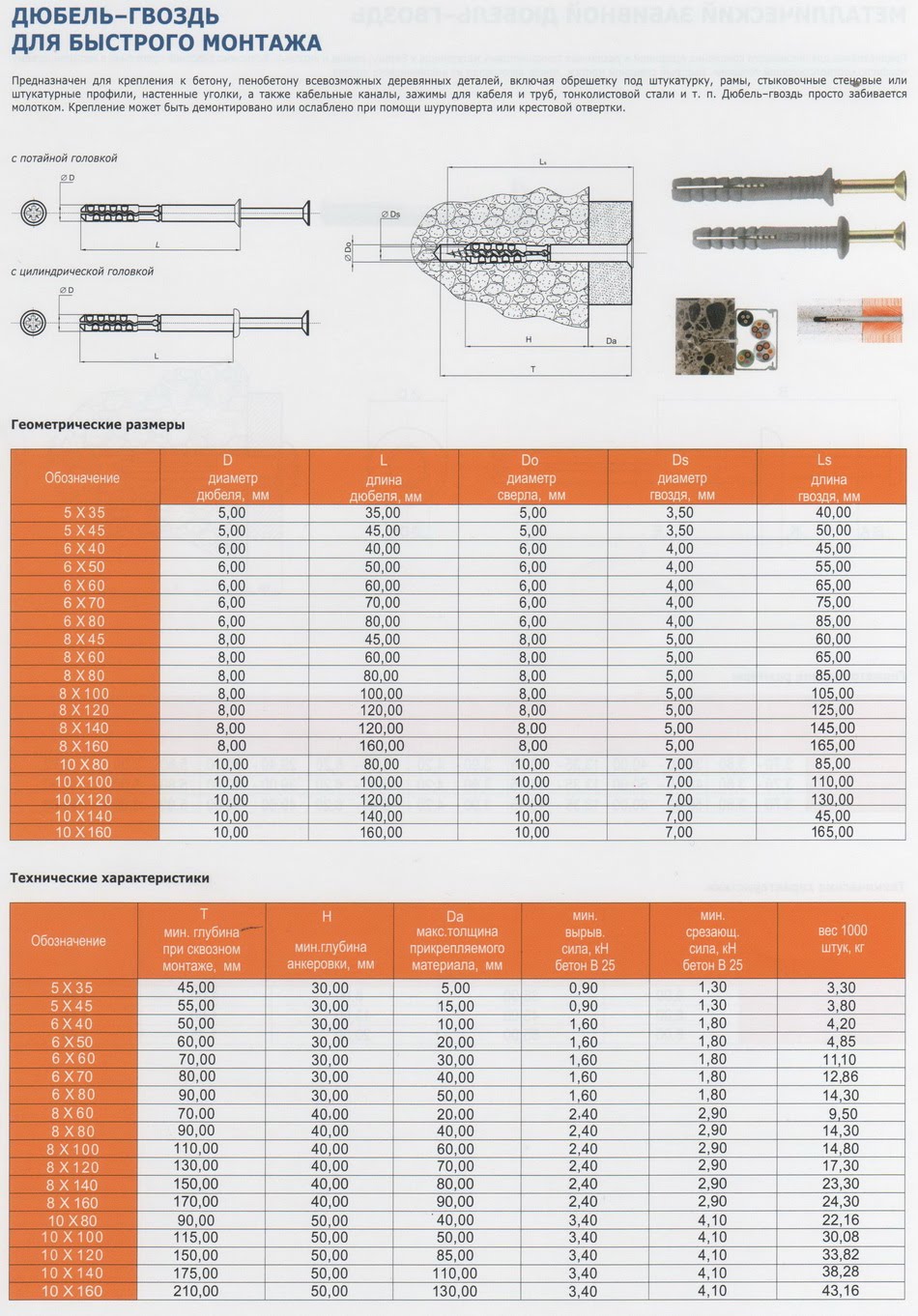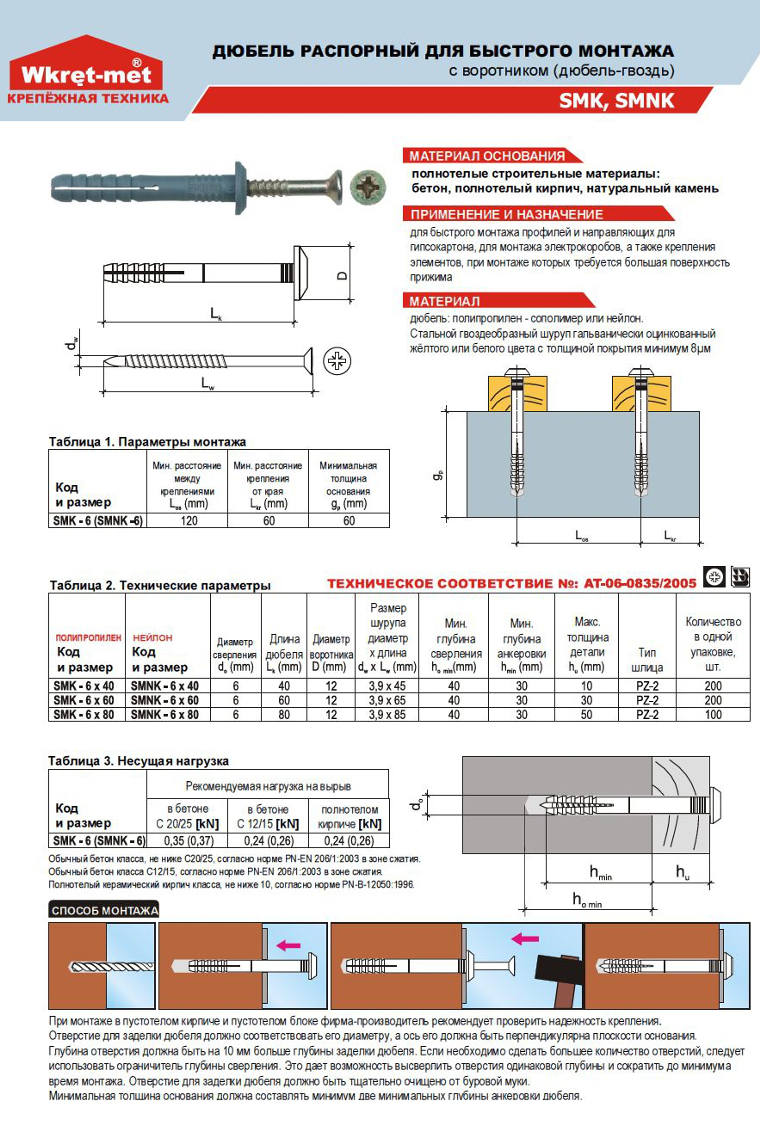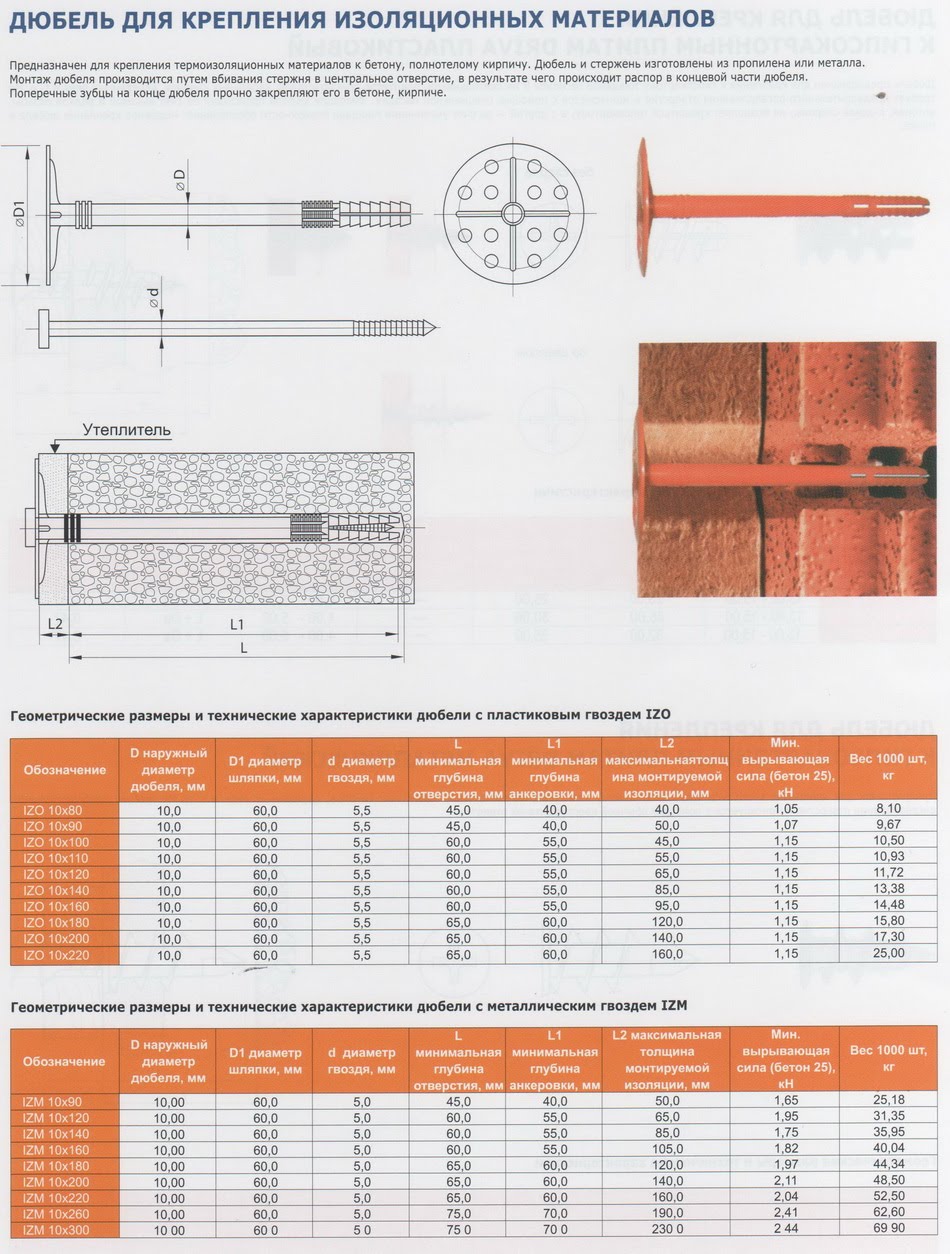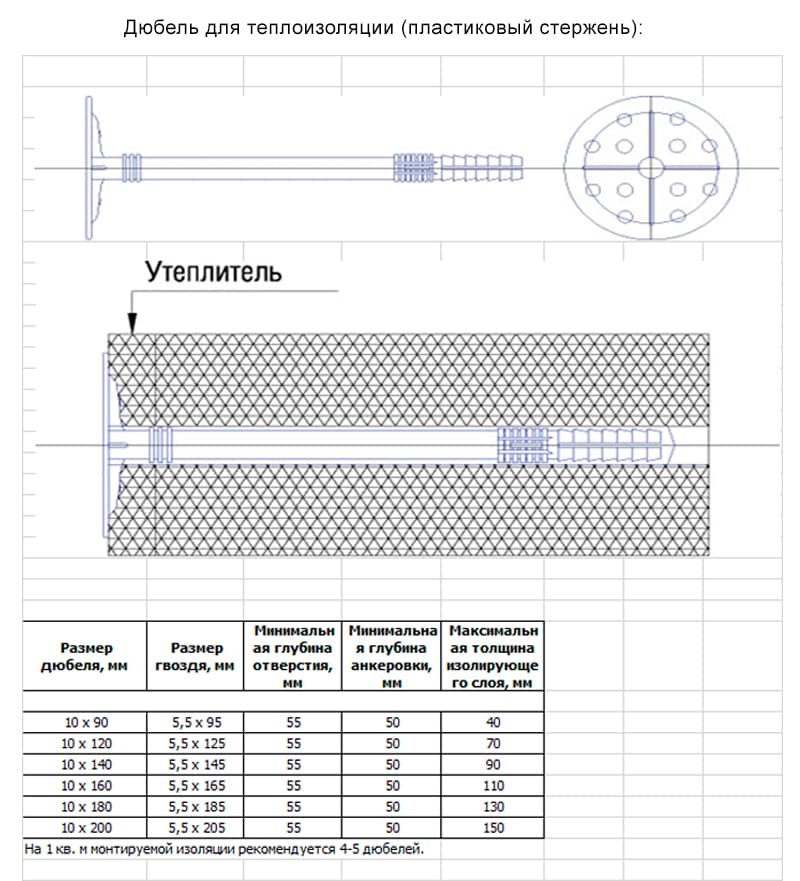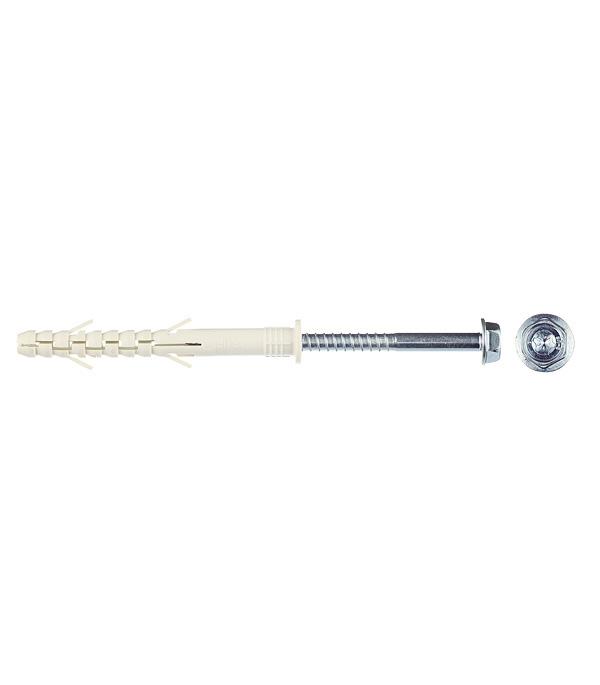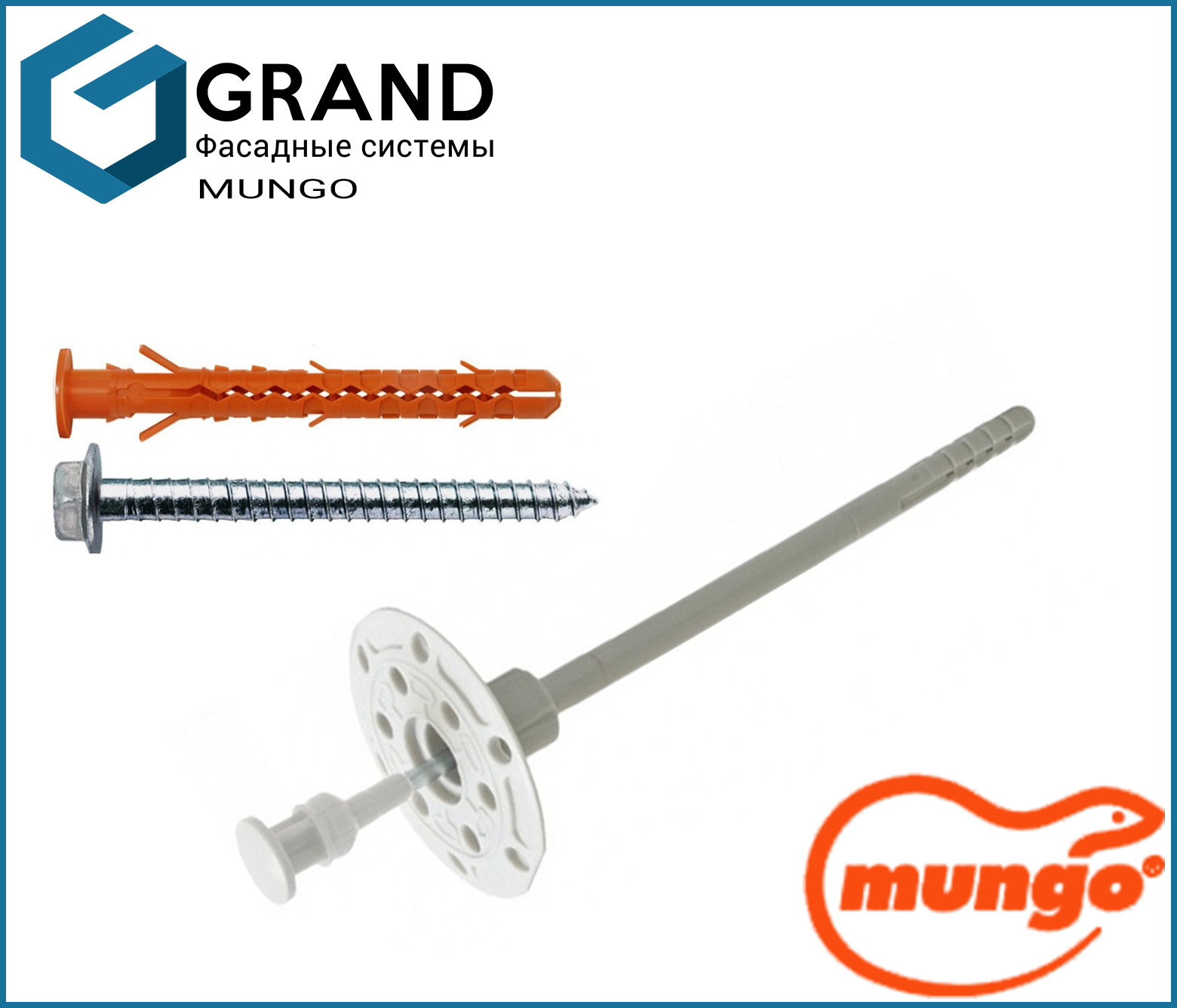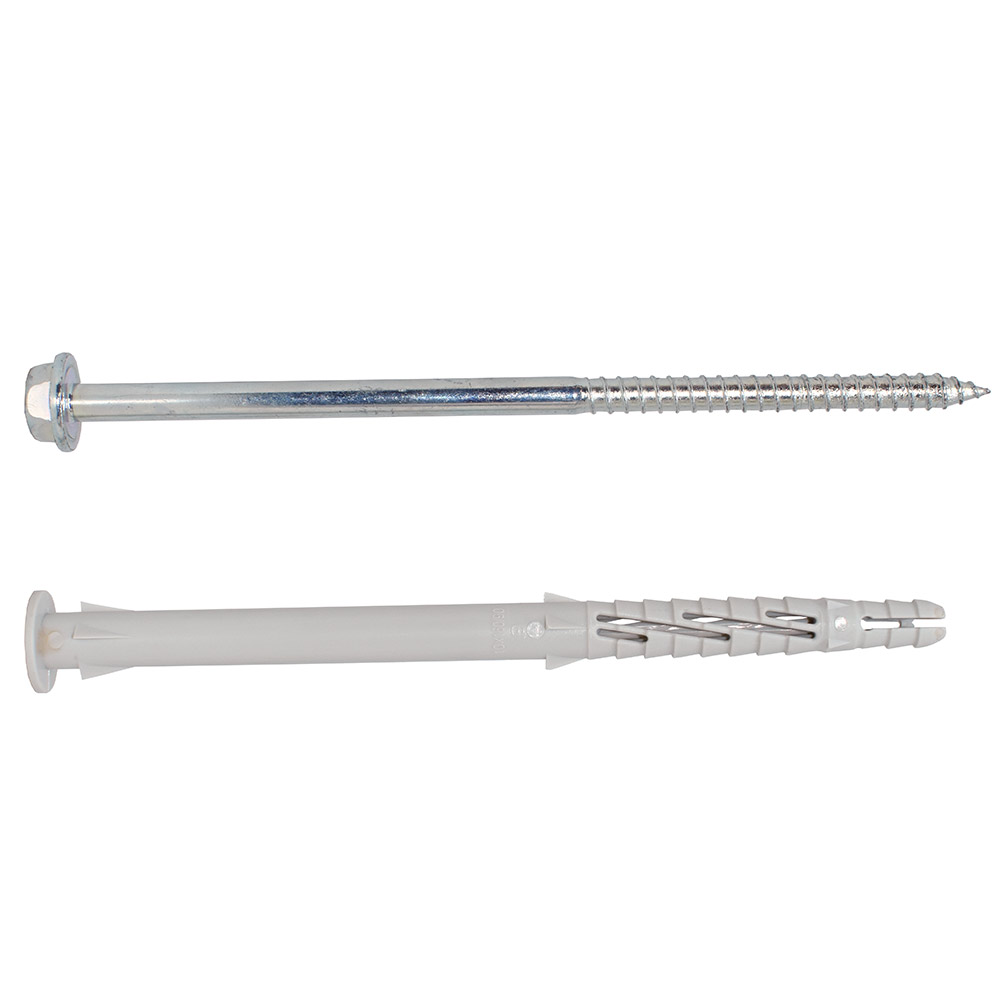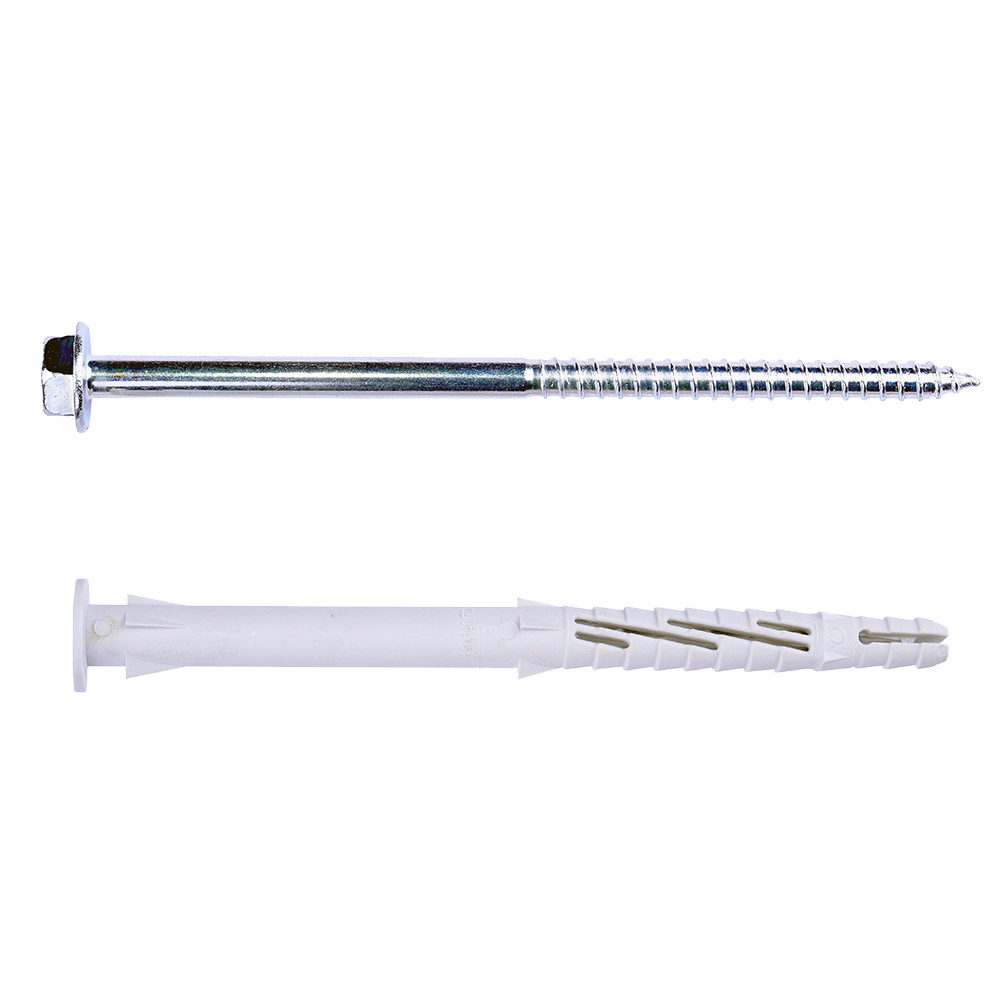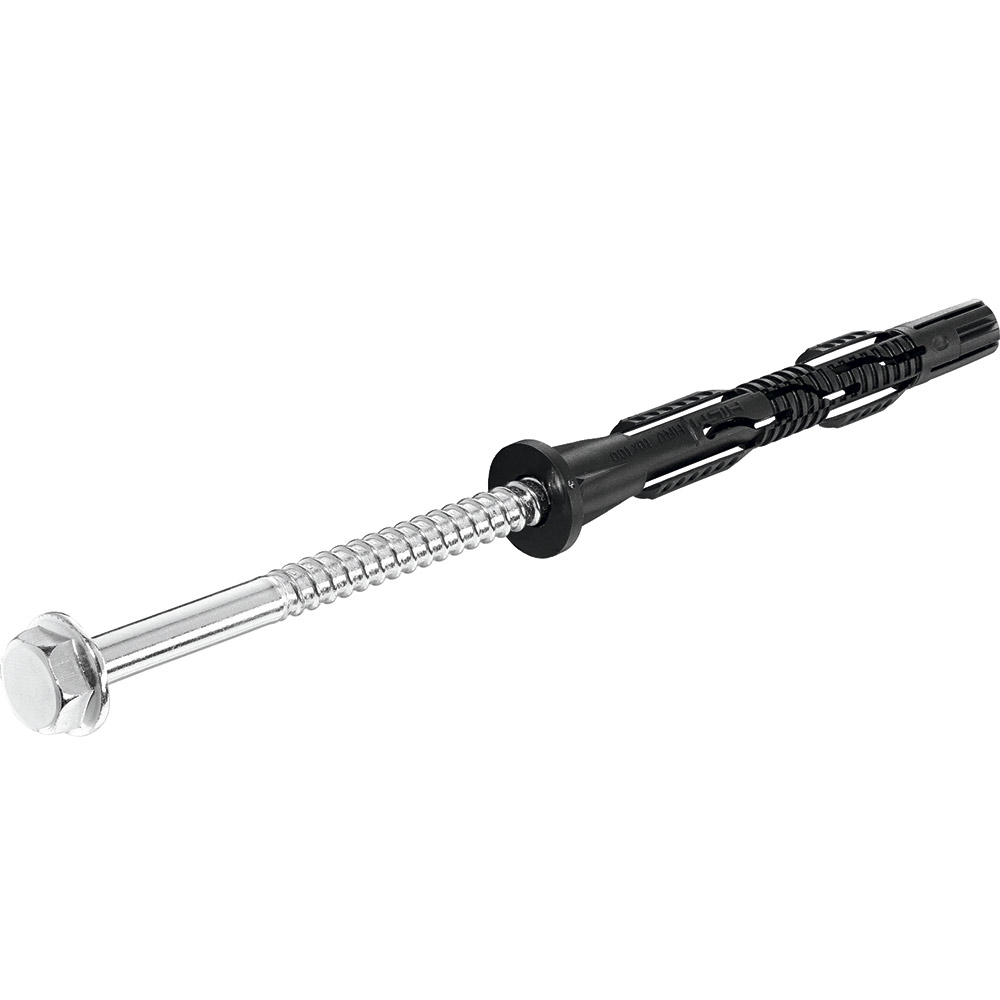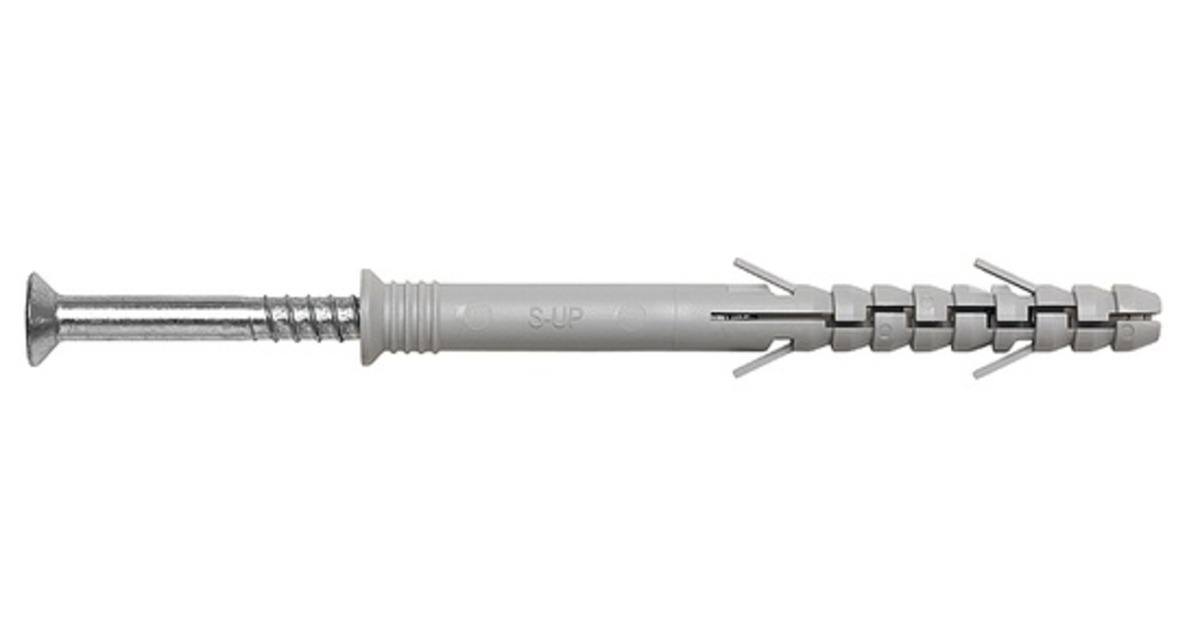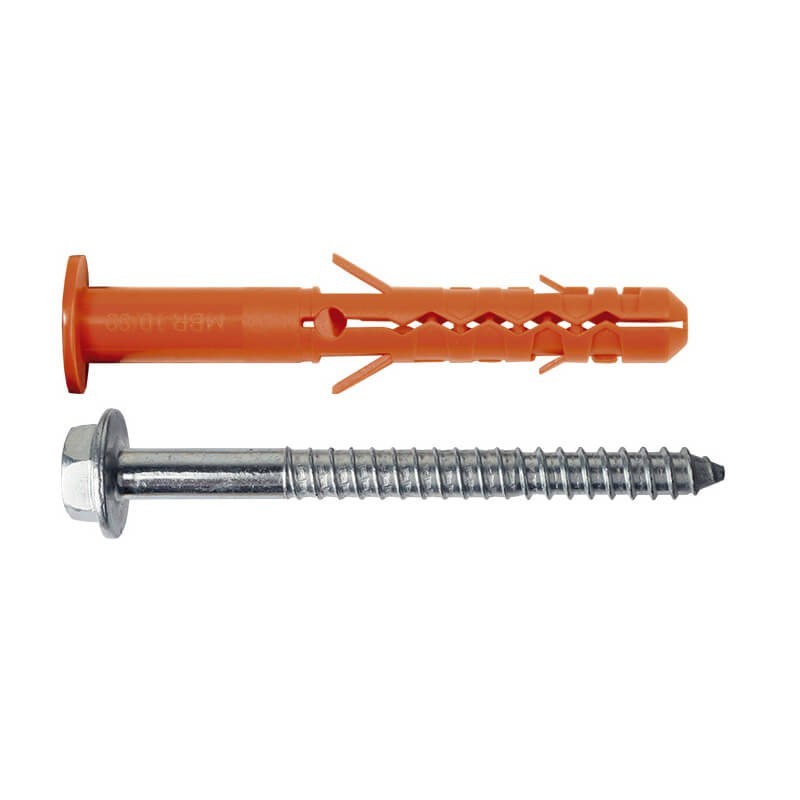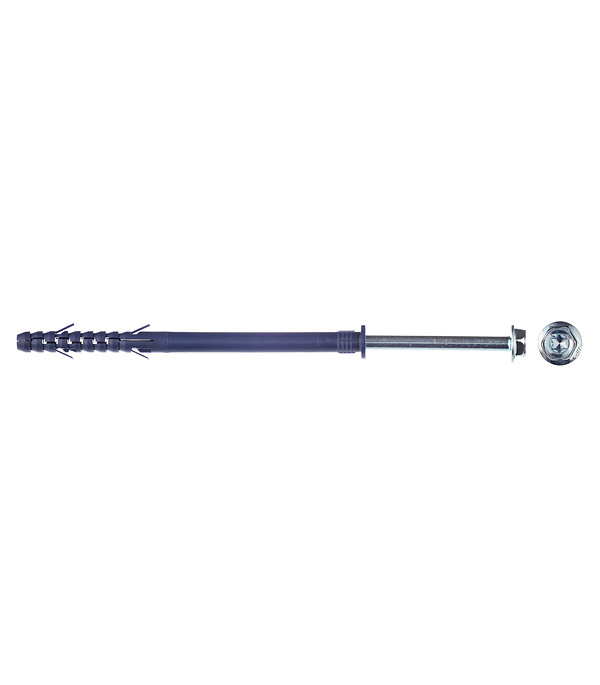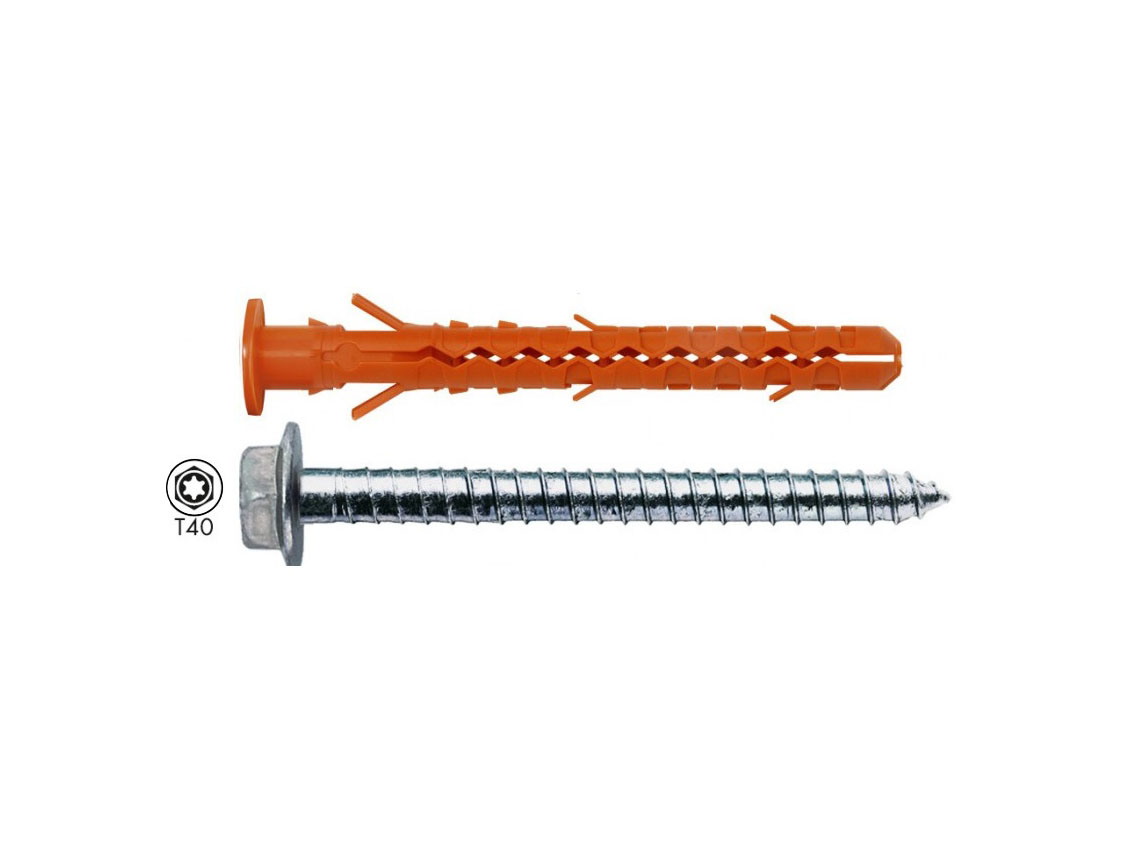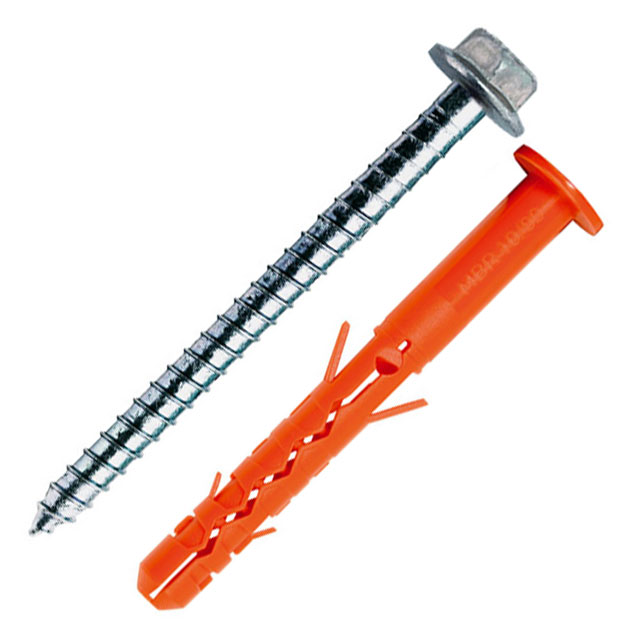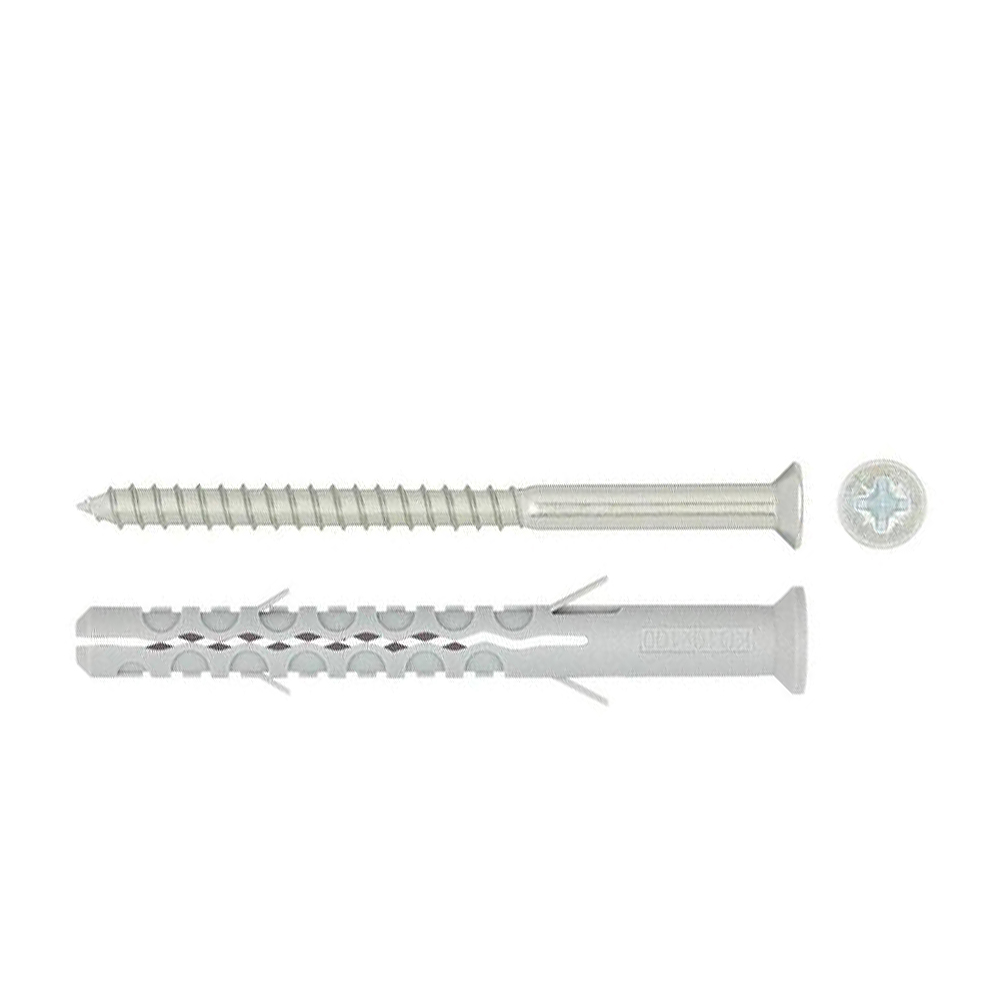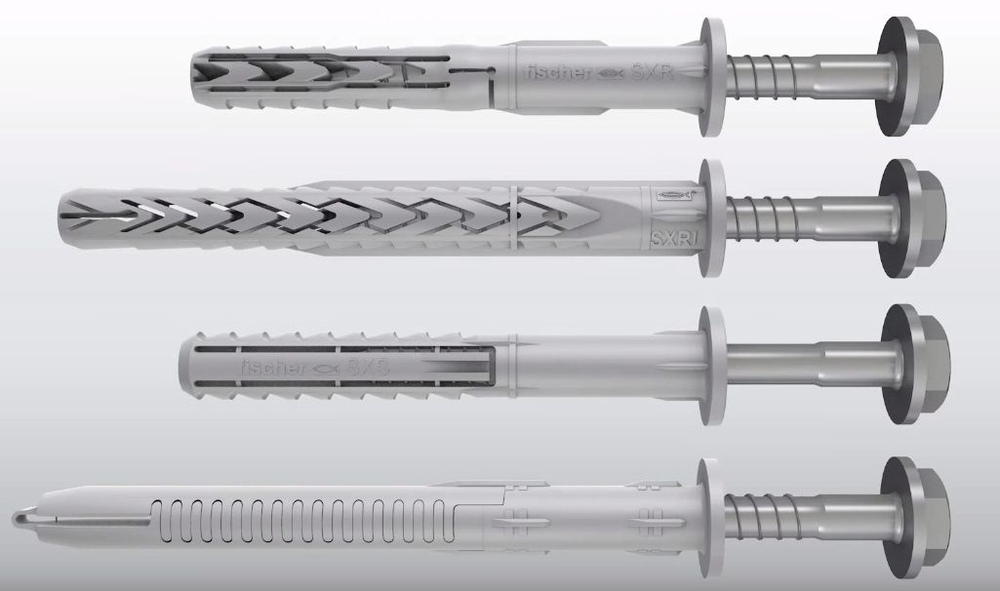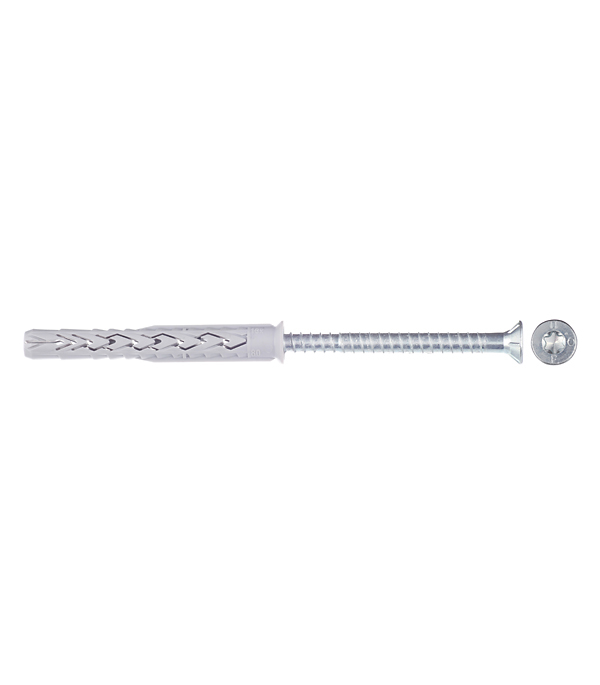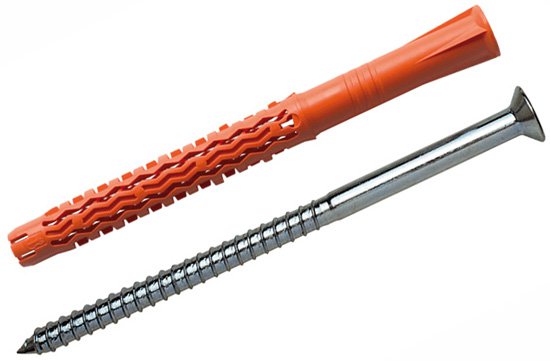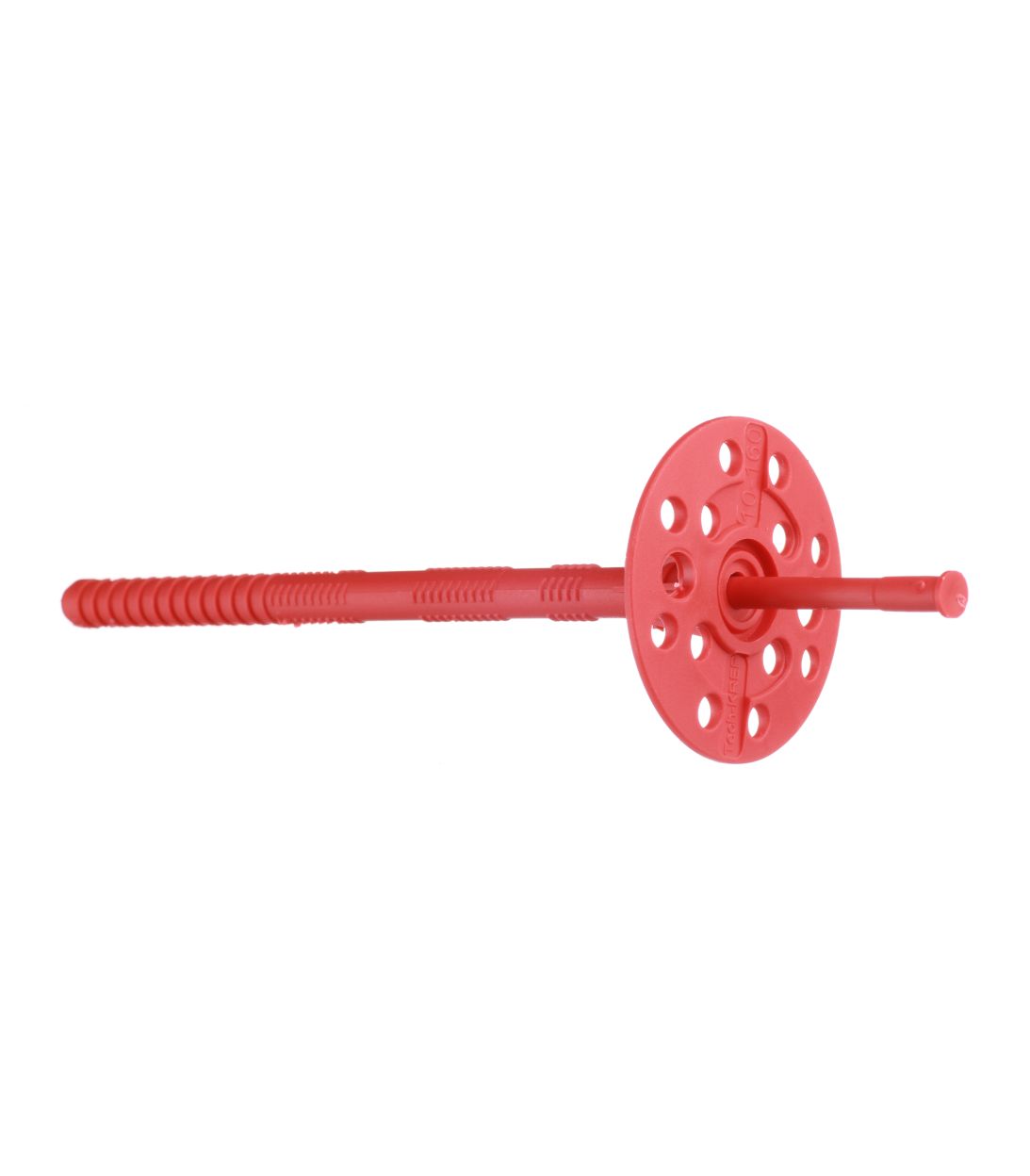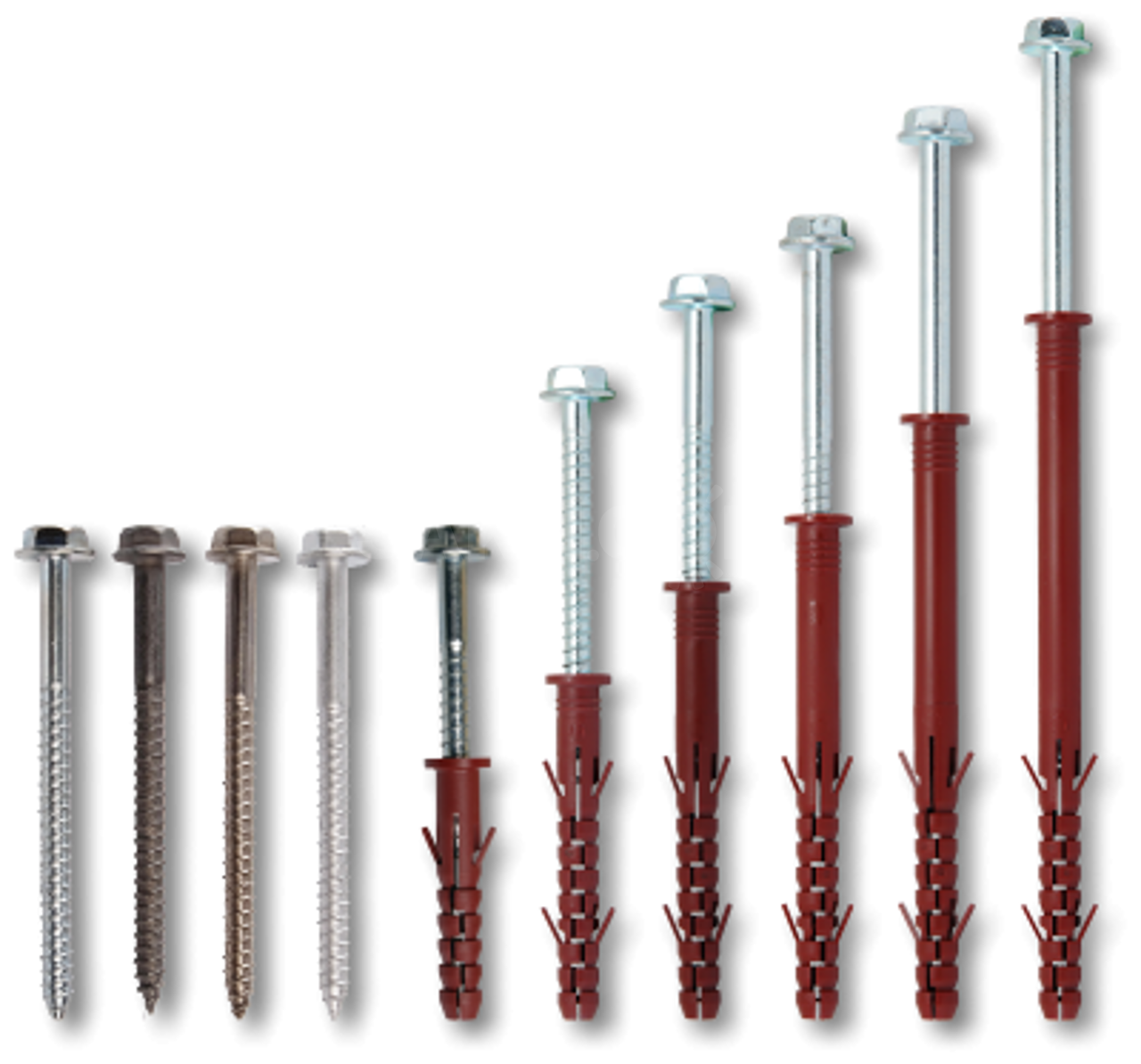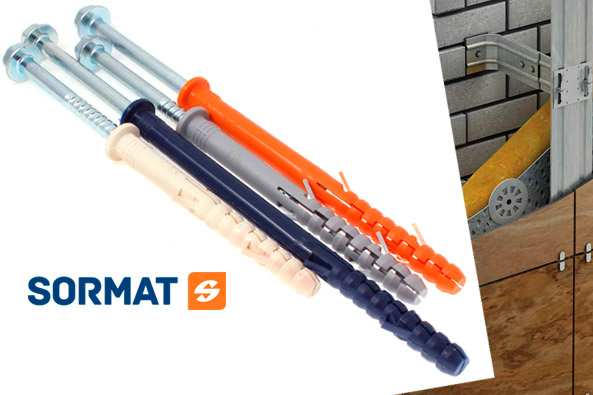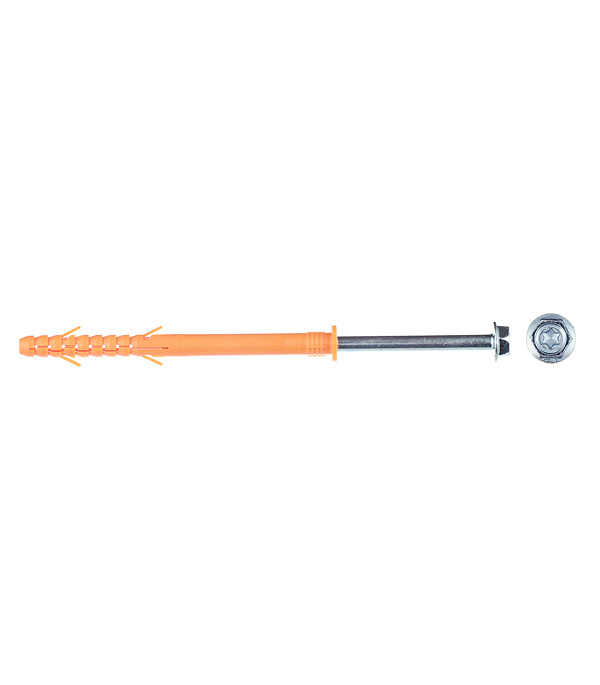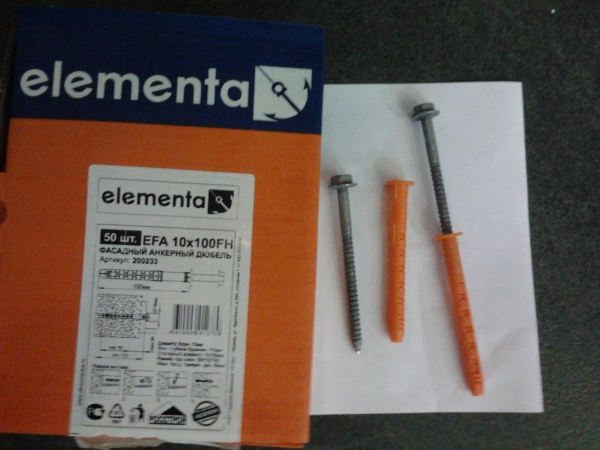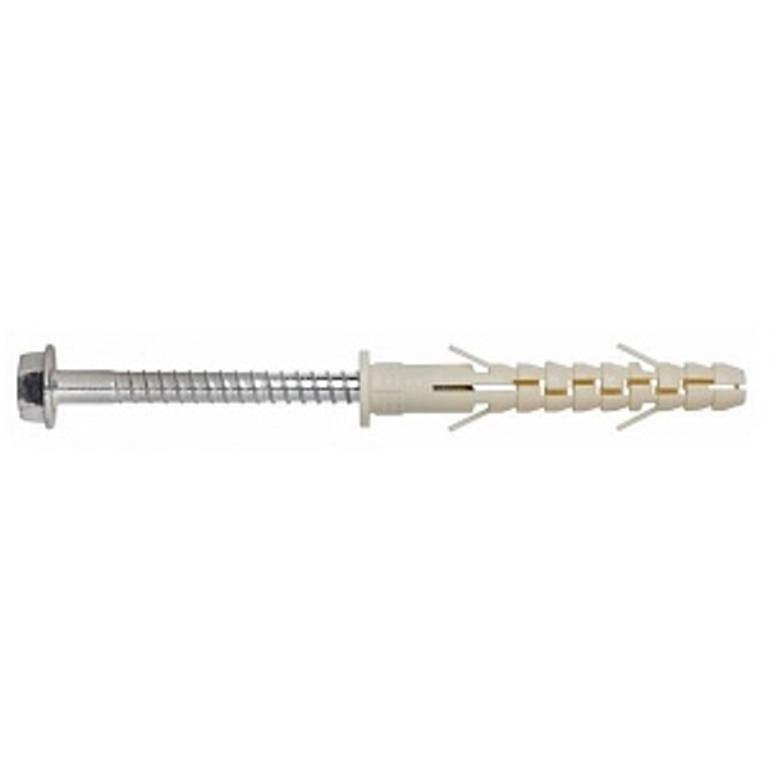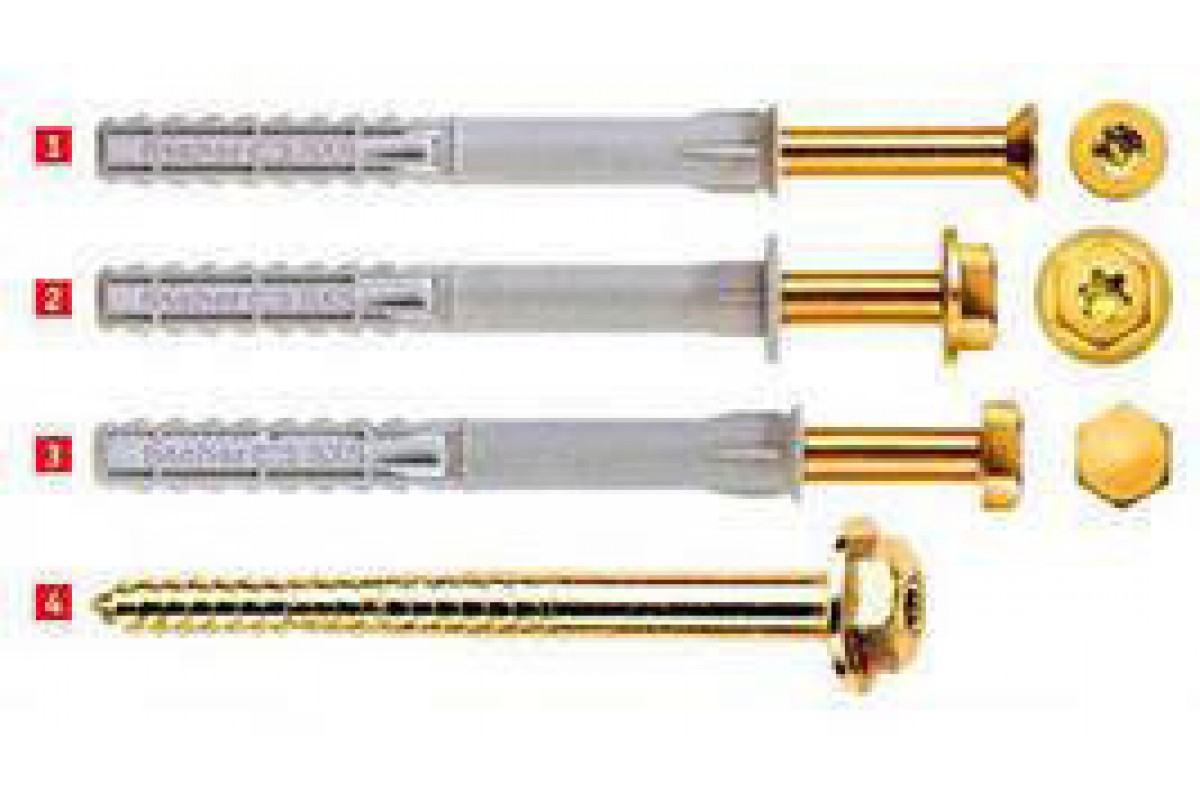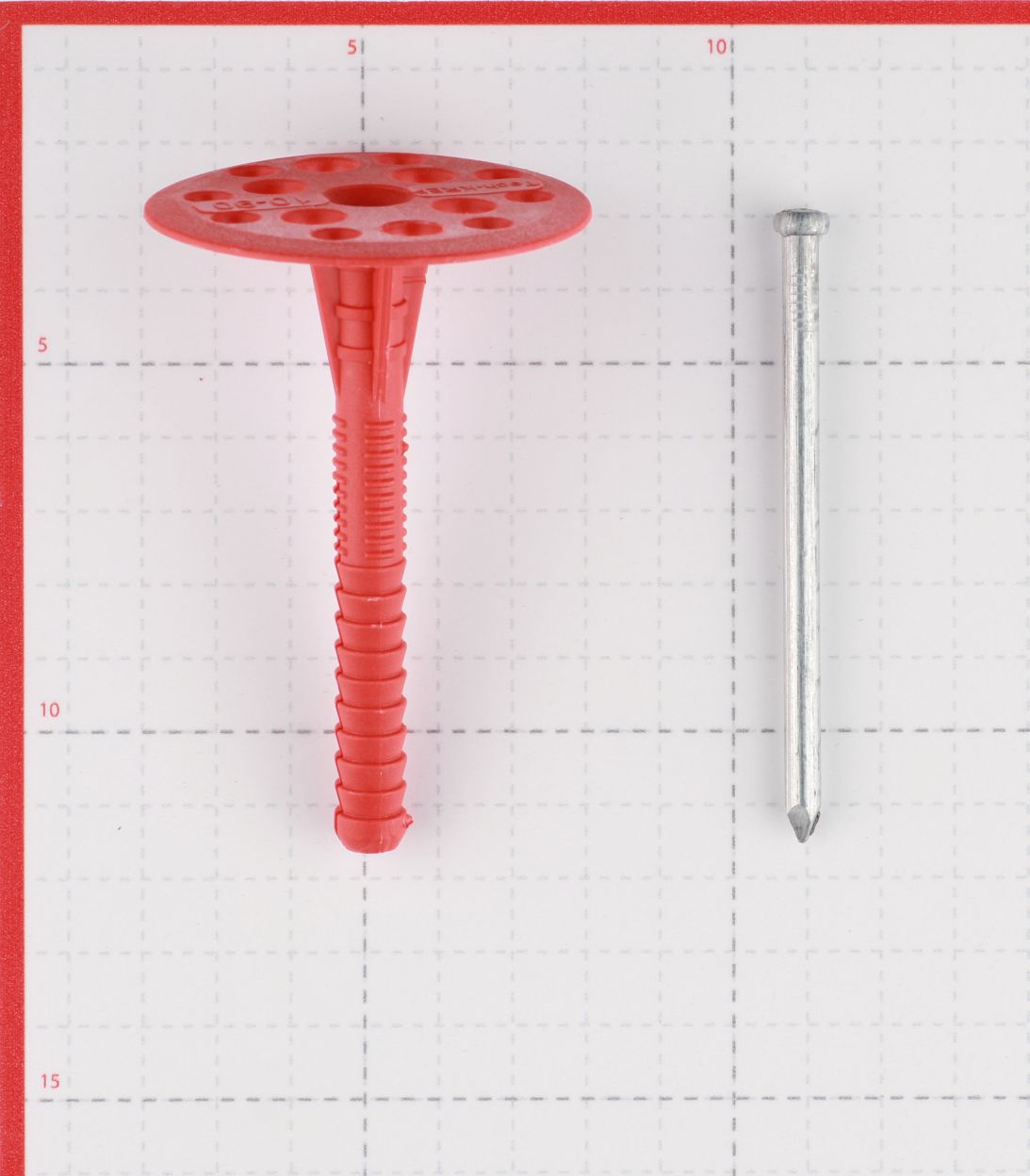What it is?
The façade dowel is a fastener consisting of a spacer, a retainer and an anchor. The spacer part is made of fiberglass and serves as a rod for various fasteners. The design of the spacer part fixes the fasteners in one position.
Depending on the purpose, the structure can be with a screw or a nail. The screws are coated with an anti-corrosion layer. The nails are protected against corrosion by galvanizing. Thanks to the latch on the base of the dowel, it does not sink into the hole. A plastic retainer presses the thermal insulation material. The larger the diameter of the retainer head, the better the hold. The anchor is located at the bottom of the structure, looks like a sleeve with grooves. The anchor plug is made of polyamide.
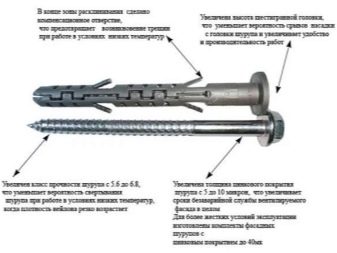

The facade dowel is characterized by a long rod that serves to clamp the material of great thickness. For a more reliable fixation in the depth of the bearing wall, structural elements can be equipped with notches and antennae.
With the help of front fasteners, insulation panels, guides of a wooden and aluminum profile, hinged structures, brackets, and a frame of a prefabricated facade are fixed.

Manufacturers rating
Dowels of foreign and domestic manufacturers are presented on the Russian market. In terms of quality, Russian production is catching up with foreign counterparts. The difference between them is primarily in the price.
A popular supplier of facade anchors to the market is the fiberglass plant in Biysk. The products are characterized by low thermal conductivity due to the fiberglass material of manufacture. The assortment of products consists of fasteners of various lengths with an anchor zone of 50 and 80 mm and a section of 1 cm, 5 mm, 7 mm, designed to fix any heaters in bases of different densities. The standard diameter of the cap is 6 cm.
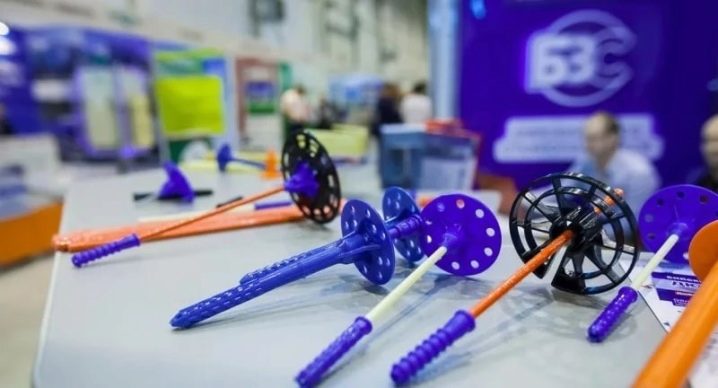
About a quarter of the fasteners market is occupied by the Tech-Krep trade and production association. The company manufactures products with izo plastic nail, izm galvanized nail, izl impact resistant polyamide head, steel nail and izr protective cover. Various rod lengths are capable of fixing the insulating layer from 5 cm to 24 cm.The anchoring part is from 4 to 6 cm.
For fastening thermal insulation up to 15 cm, fasteners with a plastic nail are used. Metal nails are used for materials up to 24 cm thick. The protective thermal head avoids corrosion during the subsequent plastering of the facade.
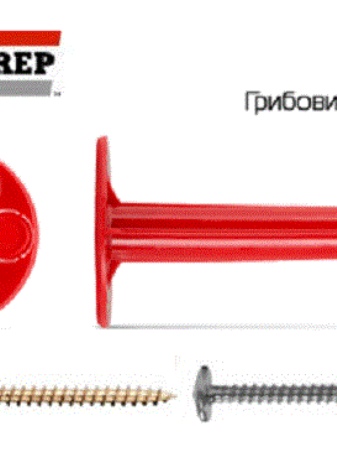
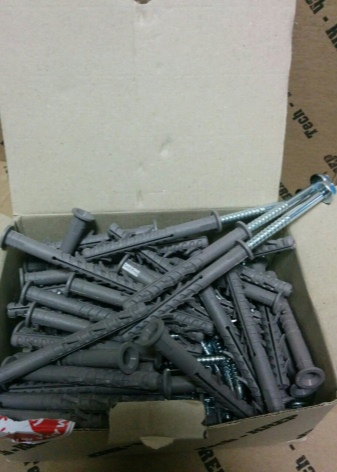
Under the Termozit trademark, there are front wall plugs with a multi-colored thermal head on a galvanized nail on the market. The polyethylene head on the rod prevents corrosion and cold bridges at the attachment point. There are models of products with anchor base from 40 to 70 mm. The length of the structure varies from 95 to 300 cm.
The Russian company "ELEMENTA" specializes in the production of anchor facade fasteners of four brands. The EFA-F modification is distinguished by the presence of a high-strength galvanized screw. The grades EFA-FН and EFA-FСН have screws with a corrosion-resistant coating with a strength of 6.8 and 8.8, respectively. The EFA-FA4 brand represents products with a stainless steel screw.

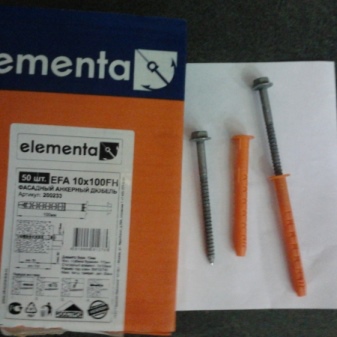
Foreign manufacturers on the domestic market are represented by the brands Sormat, Mungo and Fischer. Fischer, a German company, supplies façade dowels with a nail, screw and hexagon washer. The fasteners are made of nylon and comply with European requirements for mounting products.
The Finnish manufacturer Sormat produces products with an increased wedge area. This allows the material to be securely attached to any surface.A spacer with a 115 mm screw with a hexagon in the base is designed to secure the consoles and brackets.

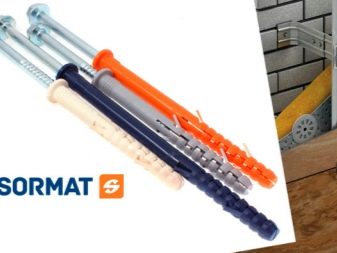
A well-known supplier from Switzerland is the Mungo company. It offers three varieties of its products to the market. For fastening to solid concrete and brick substrates, a dowel with an MBR screw rod is suitable. With a larger anchor area, MV hollow support fasteners are available. The universal design of the MQL brand is capable of fixing thermal insulation on any base due to four wedges of different distribution.
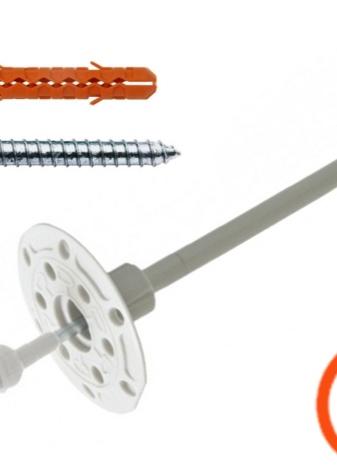
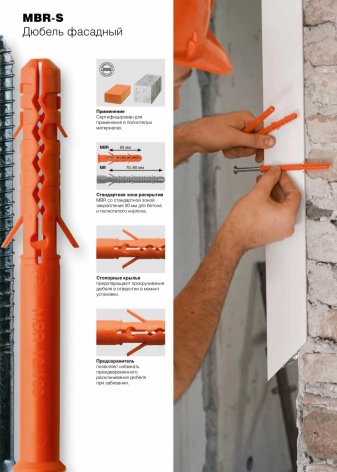
Material tips
The installation of the facade dowel is not difficult and can be done independently. Insulation of external walls and facade finishing should be carried out in dry weather at temperatures from +10 to +30 degrees. It is necessary to carry out a preliminary calculation of the number of facade dowels. It depends on the weight and size of the insulation panel, the number of sheets of material, and the area of the facade.
With different mounting options, from 4 to 10 fasteners are consumed per square meter. To increase the degree of pressure of the thermal insulation material to the wall, the fastening element is placed at the junction of the plates.
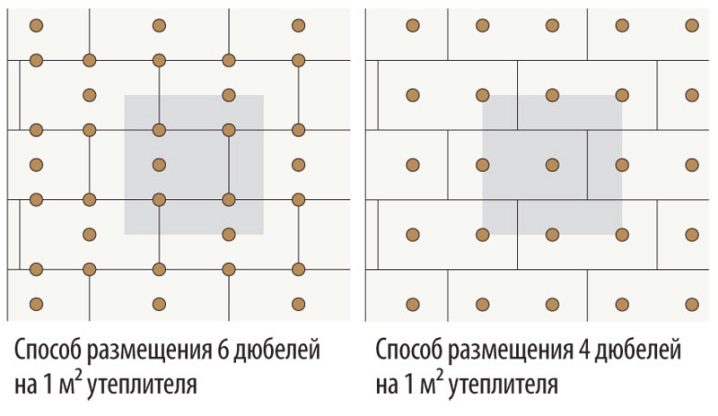
Depending on the material of the base of the walls, the holes for the dowels can be drilled with a drill or drilled with a perforator. The diameter and size of the drill are selected according to the diameter of the anchor zone and the length of the product. They work with a tool at a right angle, deepening the thickness of the insulation and the length of the anchor part into the wall. Dust must be removed from the drilled channel.
A dowel without a rod is mounted in the hole. The hat should be in the same plane with the heat insulator or slightly recessed. Then a screw or nail is installed. The rod must fully fit into the expansion part of the dowel.
See below for an overview of the Russian manufacturer's façade dowels.
Specifications
The manufacture of front fasteners must comply with GOST 56707-2015 standards for facade thermal insulation systems. According to the requirements, the products must be fireproof, resistant to climatic influences, shock-resistant and frost-resistant.
Dowels for facades are characterized by the following indicators:
- There is a high degree of adhesion to any base material.
- Products are resistant to temperature changes from -40 to +80 degrees.
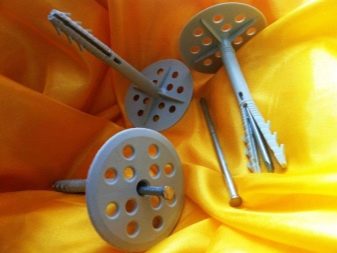
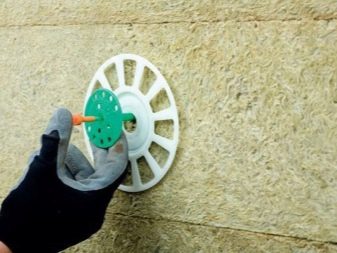
- The plastic base does not react to moisture, the metal rod undergoes anti-corrosion treatment.
- Reliability and rigidity of fixation is guaranteed by anchoring and spacer structure.
- Polymer elements and thermal head rods have low thermal conductivity.
